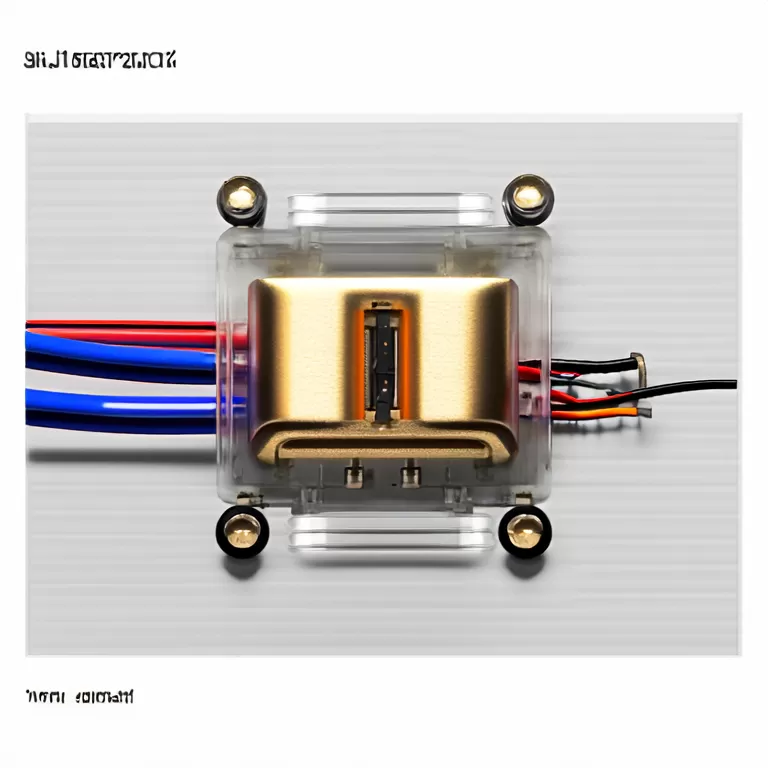- Home
- Products
+
- Connectors
+
- Box Header Connectors & Ejector Header Connectors
- Female Header Connectors
- Male Pin Header Connectors & Mini Jumper Connectors
- IC Socket / PLCC Socket / ZIF Socket Connectors
- Wire to Board Connectors & Wire to Wire Connectors
- IDC Connectors
- FFC / FPC Connectors
- Micro Match Connectors
- DIN41612 Connector
- D-Sub Connectors / D-SUB hood
- SIM & Micro SIM & Nano SIM Card Connectors
- Memory Card Connectors
- USB 2.0 / USB 3.0 / USB 3.1 / Type C / Micro USB / IEEE 1394 / Mini USB Connectors
- DVI Connectors & HDMI Connectors
- Y13 / Y17 /Y21 IP68 Waterproof Circular Connectors
- Circular Connectors
- SATA Connectors
- Audio Connectors
- Terminal Blocks
+
- PCB Terminal Block Rising Clamp
- PCB Terminal Block Wire Protector
- Pluggable Terminal Blocks
- Screwless-Spring terminal blocks
- Barrier Terminal Blocks
- Reflow Solder LCP Housing Terminal Blocks
- Fuse lighting terminal blocks
- Feed Through Terminal Blocks and Box
- Miniature Rail-mounted Terminal Blocks
- Insulated terminals
- Non-insulated terminals
- Solder terminals for PCB mount
- Switches +
- Crystals / Oscillators / Resonators +
- Transformers +
- Ethernet Connectors +
- RF Connectors +
- Sound sources +
- Latching Relay +
- Antenna +
- Connectors
+
- Cross Reference
- Solution
- About RHT
- FAQ
- Download
- News
- Contact Us +
Are D-sub and VGA the same?
 Aug. 13, 2025
Aug. 13, 2025D-sub vs VGA: Are They the Same?
Short answer: No—D-sub and VGA are not the same. D-sub Connectors are a broad family of D-subminiature plug styles used across computing and industrial electronics; VGA is an analog video signaling standard that most often uses a 15-pin high-density D-sub connector (technically DE-15/HD-15). In everyday speech, people sometimes say “D-sub” to mean the VGA video port; however, VGA is just one application among many for D-sub hardware. Understanding this distinction helps buyers evaluate compatibility, performance, and procurement specs.
Colloquially, many manuals label the VGA port “D-SUB.” Strictly speaking, D-sub ≠ VGA. Other PC/industrial interfaces also use D-sub shells (e.g., RS-232 on DE-9, parallel ports on DB-25).
What is the difference between D-sub and VGA connectors?
D-subminiature connectors were introduced in the 1950s for compact, rugged I/O across aerospace and computing. VGA (Video Graphics Array) arrived in 1987 with IBM PS/2, standardizing analog RGBHV on the DE-15 connector and becoming the dominant PC video interface for two decades.
Scope: D-sub is a connector family (various shell sizes and pin counts). VGA is an analog video signal standard from the PC era.
Physical vs. protocol: D-sub describes the mechanical form factor; VGA describes how pixels are encoded and transmitted.
Common overlap: Most VGA ports use a 15-pin high-density D-sub (DE-15/HD-15) shell.
Difference between a VGA port and a D-sub port
• VGA port: A video port that outputs/inputs RGB analog signals plus H/V sync; typically labeled VGA, RGB, PC-IN, or D-SUB (VGA).
• D-sub port: Any port using the D-sub shell—could be video, serial, parallel, control, or field I/O.
D-sub vs HDMI for video output
• Signal type: VGA = analog; HDMI = digital (with embedded audio, CEC, HDCP).
• Image quality: HDMI preserves pixel accuracy; VGA quality depends on cable, length, and source/monitor analog stages.
• Audio: VGA carries no audio; HDMI does.
• Adapters: HDMI→VGA typically needs an active converter; passive dongles don’t work (different signaling).
• Use cases: VGA is fine for legacy projectors/monitors and industrial HMIs; HDMI (or DisplayPort) is preferred for modern, high-resolution displays.
VGA vs DVI vs HDMI connector types
• VGA (DE-15 D-sub): Analog RGB; common up to 1920×1080 or 2048×1536 with quality cabling and short runs.
• DVI-I/DVI-A: Can carry analog compatible with VGA; passive DVI-I→VGA adapters are possible.
• DVI-D/HDMI/DisplayPort: Digital only; require active conversion to VGA.
• Buyer tip: If you need analog on newer hardware, choose GPUs/displays with DVI-I or plan for active converters.
D-sub connector types and uses
Common shell sizes/pin counts and typical uses:
▶ DE-9 (often misnamed DB-9): RS-232/422/485 serial.
▶ DA-15 (2-row 15-pin): Game/MIDI/industrial legacy.
▶ DB-25: Parallel ports, multi-serial breakouts.
▶ DC-37 / DD-50: Dense industrial I/O.
▶ DE-15 (HD-15, 3-row 15-pin): VGA video.
Are D-sub connectors still used in modern PCs?
While D-Sub connectors are becoming less common on consumer GPUs and laptops, they are still common on projectors, KVMs, industrial PCs, test equipment, and traditional monitors. Many businesses and factories retain VGA connectors for backward compatibility. If you don't have one, use an active DP/HDMI to VGA adapter. We specialize in a variety of different connectors; contact us.
FAQ
Q: Can a "DB-15" VGA cable plug into my device?
A: If it's a 3-row 15-pin high-density D-sub, yes (proper name DE-15/HD-15). The 2-row DA-15 will not fit.
Q: Why won't my display detect VGA?
A: Cheap cables often omit DDC pins (9/12/15) or have poor shielding. Replace with a fully wired, double-shielded cable.
Q: Do passive HDMI→VGA dongles work?
A: No. Active conversion is required because HDMI is digital and VGA is analog.
Q: Does VGA carry audio?
A: No—run a separate audio cable or use a converter that embeds/extracts audio as needed.
Q: Can I use a D-sub cable for a VGA monitor connection?
A: Yes—if it is a 15-pin male-to-male DE-15 cable with proper 75-ohm coax for the RGB lines.
 Dec. 12, 25
Dec. 12, 25
What connector is used in audio equipment?
 Dec. 12, 25
Dec. 12, 25
What is a feed-through terminal block?
 Dec. 10, 25
Dec. 10, 25











